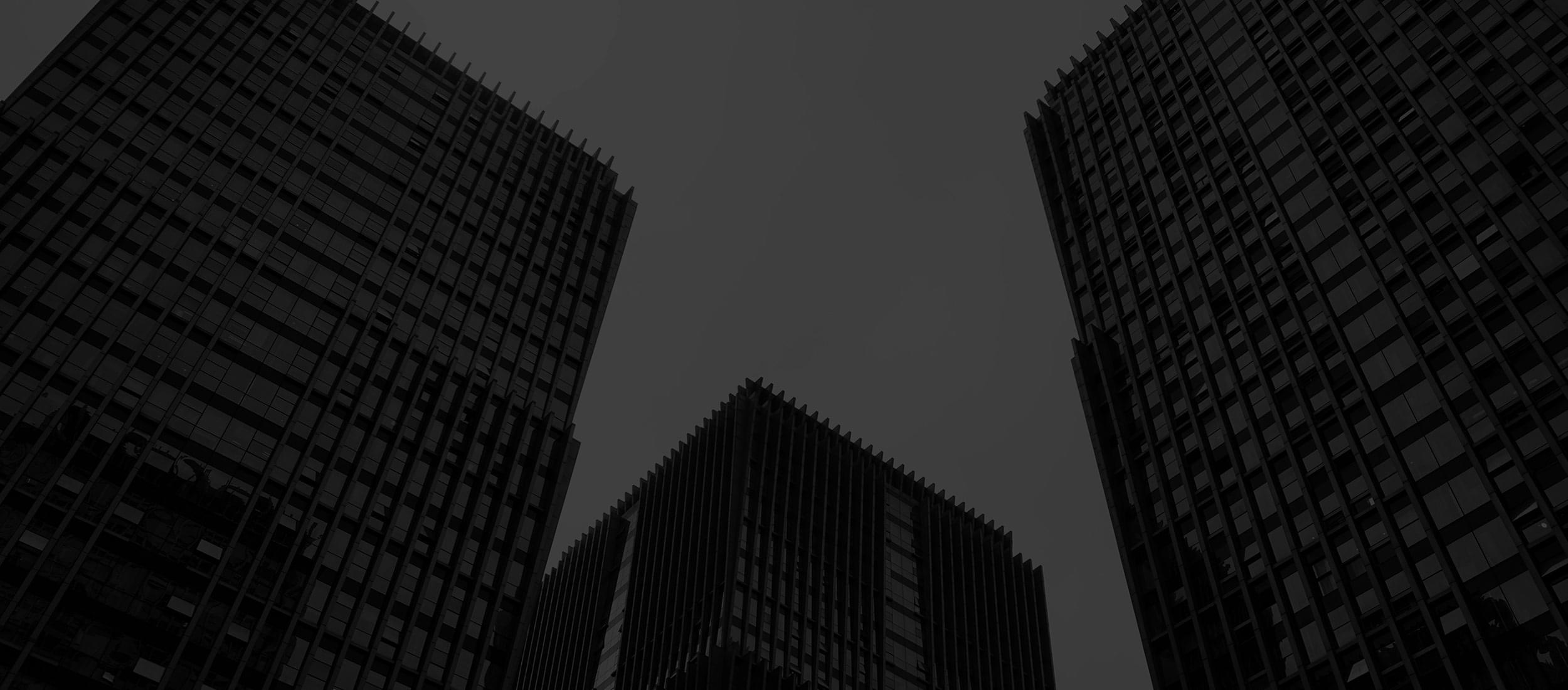The use of sensors always sounds like highly advanced and futuristic technology. They seem to become the next big thing when it comes to building management. However, the use of sensors also seems very difficult. But in reality, the way sensors work is very simple but effective. In short, sensors are just measurement devices that measure very frequently. There are a wide variety of sensors, from temperature to CO2, light sensors, to occupancy sensors, but they all do basically the same thing, they measure a value of a variable using some technology (e.g. a laser, membrane, or a camera), and they do this very often. How often sensors measure is captured in the sampling frequency (e.g. once every 10 minutes) which gives insights into trends.
Room occupancy sensors
One of the sensors we are using at Measuremen is our room occupancy sensor. This sensor measures occupancy by detecting motion in the room using a Passive infrared (PIR) sensor. Within a 360 degree field of view, the sensor can detect people up to 3 meters distance. Then, it detects heat “hotspots” and starts counting for how long the room is occupied. Every 6 minutes, the sensor sends data to a server through a 4G gateway and is then visualized on the Measuremen Portal.
 What is the real occupancy?
What is the real occupancy?
The information that you get through a sensor is completely different from information like surveys. With sensors, you get very close to the things that are actually happening, 24/7, with narrow information. While with surveys you get higher-order abstractions of people with broad information. For example, if you would like to understand the occupancy of a building, you could hang occupancy sensors. And next to it, do observations, or ask your employees about their experienced occupancy. Sensors will tell you the objective truth of the occupancy and often come with occupancy percentages of about 12%. With our observation studies, we often measure about 50% occupancy, but if you ask people directly, their perceived occupancy is often much higher (between 70-90%). The low occupancy percentage you get using sensors is mainly caused by the fact that they measure the whole night and during holidays, break times, and every other moment in between. Sensors are always measuring. Sensors give straight facts and have no biased opinions, they just measure what is going on all the time. And additionally, they don’t disturb people with the measuring process.
Data, sensors, and your organisation
The interesting part of sensors comes when analysing the data. Since sensors collect so much data, it gives you a much more accurate view of what is going on (when you are not looking). You can apply filters, select the interesting moments, and dive deep into the data. By exploring the data of your organisation, you get a clear overview of the habits within your organisation: how and when the meeting rooms are occupied, where and when the peaks happen, and when people decide to call it a day. These habits usually change over the months and the years. In our database, we see, for example, a lot of seasonal effects when it comes to office use, that is difficult to detect otherwise. Another interesting feature of sensors is that you can start to predict the future. For example, with an occupancy sensor, you can look at the daily arrival times, meeting duration time, or break time use, and finding a trend in there can be quite interesting. By identifying trends such as these, you can predict the future and make the right decisions on time.
Taking the appropriate actions
From the insights, there comes action. The sensors don’t help you with this, but they do show whether your actions were effective or not. If you tried to increase the use of certain meeting rooms, improve booking behaviour, or do some other inventive trick, the sensors will tell you whether you did it effectively. Sensors will confront you in that way, but getting real feedback is the way towards a better future. Sensors are simple to use and simple to install. They are not as futuristic as one might think, but they can give lots of information that makes you visualise futuristic possibilities. Sensors tell the truth about what is really going on in your organisation. Exploring the habits of your own organisation might be the first step to get a stronger grip on it, and makes you really understand your employees’ behaviour who have their unique way of doing things. After understanding, there comes predicting the future, the trends in your data tell you where it goes and what you and your employees need. Taking the appropriate actions comes only from having an accurate understanding of what is going on, and your sensors can tell you about your effectiveness. We wish you good luck!



 What is the real occupancy?
What is the real occupancy?